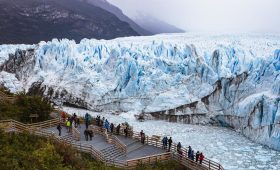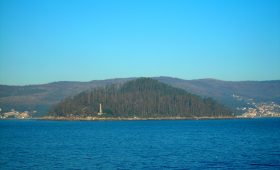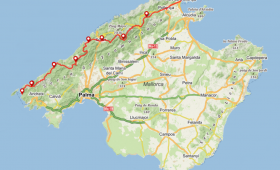Lugenda Wildlife Reserve: Exploring Mozambique’s Wilderness
Location and Overview
Lugenda Wildlife Reserve is located in northern Mozambique, within the Niassa National Reserve. This expansive area, covering approximately 42,000 hectares, is defined by the Lugenda River and the surrounding landscapes, including the notable Mecula Mountain. The reserve is part of a rich ecological corridor that supports diverse wildlife and offers a unique opportunity for ecotourism.
Wildlife and Ecology
The reserve is home to a wide array of wildlife, though it is important to note that not all of the Big Five are present here. While lions, elephants, and leopards can be found, rhinos are not part of the reserve’s ecosystem. Birdwatchers will find the area particularly rewarding, with species such as the African fish eagle and the globally threatened African skimmer. The Lugenda River Valley is a critical habitat, supporting both terrestrial and aquatic life.
Landscapes and Geography
The Lugenda River, a slow-moving waterway, defines the reserve’s geography. Originating near Lake Chilwa, it flows through diverse terrains, including rocky gorges and sandy waterways. The river’s fertile valley supports lush vegetation and is an important area for local agriculture. The towering baobab trees and the dramatic inselbergs of the Ngalongue Mountains add to the reserve’s scenic beauty.
Best Time to Visit
For wildlife viewing, the dry season from May to October is ideal. During this period, the vegetation is sparse, making it easier to spot animals. The weather is cooler and more comfortable for outdoor activities. Bird enthusiasts might prefer the wet season from November to April, when migratory birds are present.
Getting There
Pemba Airport is the nearest international gateway to the reserve. From Pemba, travelers can take a domestic flight with CFA Air Charters to the Lugenda airstrip. Alternatively, a road trip from Pemba offers a chance to experience the region’s landscapes. Be prepared for a journey that may include dirt roads and basic infrastructure.
Local Transportation
Within the reserve, guided game drives are the most effective way to explore. Experienced guides offer insights into the local ecology and help maximize wildlife sightings. Walking safaris are also available for those interested in a more intimate experience with the environment.
Accommodation
The Lugenda Wilderness Camp provides comfortable lodging with 16 East African-style tents. Located on the eastern bank of the Lugenda River, the camp offers a blend of rustic charm and modern amenities. It’s an excellent base for exploring the reserve and participating in safari activities.
Practical Tips
- Pack lightweight, neutral-colored clothing suitable for safari conditions.
- Bring sunscreen, insect repellent, and a hat to protect against the sun.
- A good pair of binoculars and a camera with a zoom lens are essential for wildlife viewing.
- Follow the guidance of your safari guides to ensure safety and respect for the wildlife.
- Engage with local culture by trying traditional Mozambican dishes and interacting with the community.
Visiting Lugenda Wildlife Reserve offers a chance to experience Mozambique’s natural beauty and biodiversity. While the journey may require some effort, the reward is an authentic encounter with one of Africa’s lesser-known wilderness areas.




